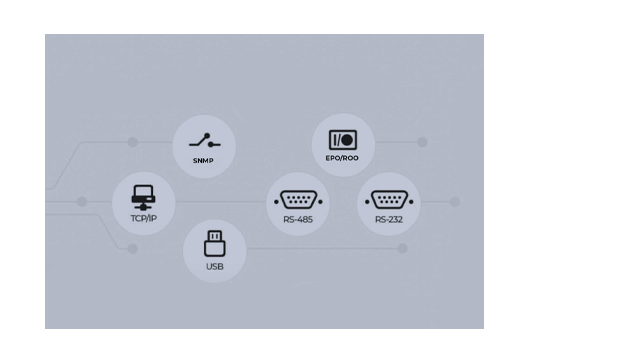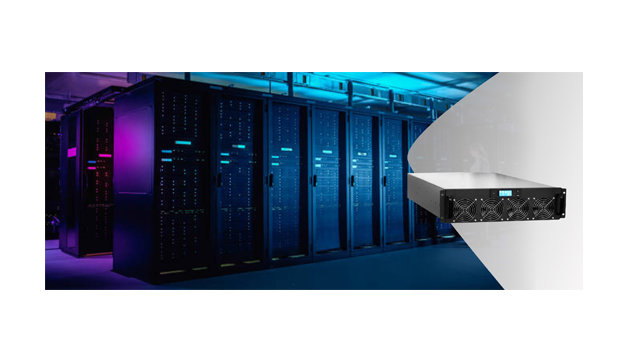RM Series
RM series - Modular UPS
MODULAR- 3PHASE
10KVA ~ 600KVA
RM Series, 3/3 phase online and modular UPS (10kVA-600kVA) delivers the best combination of reliability, functionality and flexibility at affordable prices. It is specifically designed for datacenters, mission critical equipment and control rooms where the connected load will be increasing with time. Its hot swappable redundant design makes it truly reliable, maintainable and upgradable without any down time of the connected load.Brochure Quote





